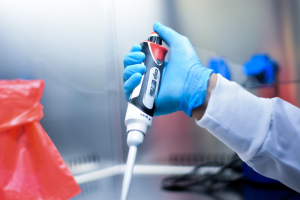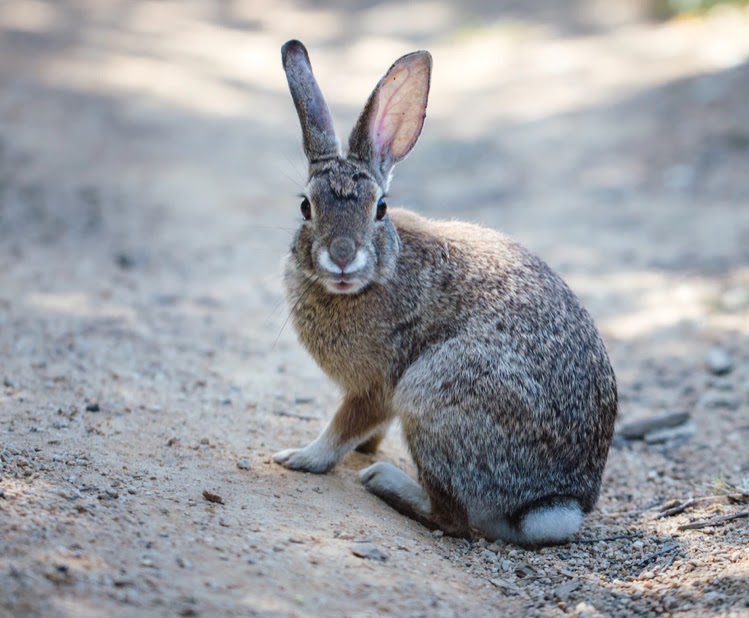Trigger Warning: Animal abuse
Animal testing is far from new, but with the help of media, the reveal of the true horrors of animal testing has become aware. With the help of many documentaries, short stories, articles, and other resources specifically designed to help identify animal-tested products, society is becoming increasingly aware of how the household products we own are made.
Animal testing is experimentation conducted on living animals such as dogs, cats, bunnies, hamsters, monkeys, rats, and other animals. The tests are used to assess the safety and effectiveness of medical products, cosmetics/skincare, and cleaning products. Animals are subjected to eye irritants, skin exposure to chemicals, injection of toxic chemicals, development of neurotoxicity, pyrogenicity, deprivation of food, and much more.

Laws regarding animal testing vary from country to country. In the United States, laws passed include the Animal Welfare Act, which was established in 1966 and helped regulate the treatment of animals in laboratories better. The Public Health Service Policy of Humane Care makes sure animals are probably cared for in laboratories. The Use of Laboratory Animals, which ensured appropriate treatment of the animals tested. Multiple cruelty-free campaigns and companies are trying to pass the Humane Cosmetics Act, ending animal testing and stopping companies from selling animal-tested products. Currently, 325+ companies have signed the act. The FDA has stated that they “support the development and use of alternatives to whole-animal testing as well as adherence to the most humane methods available within the limits of scientific capability when animals are used for testing the safety of cosmetic products.” PETA, a global organization that exposes cruelty in laboratories, is working alongside Congress to create laws against animal testing. Similar laws have been established in many countries, and 40 countries have even partially or entirely banned animal testing. How strict these laws are, however, varies from country to country. For example, Australia’s Animal Welfare Act is one of the more stringent laws, barring much animal testing. China, on the other hand, has looser regulations allowing less regulated animal testing. China made laws, so it’s only special cosmetics like hair dye, sunscreen, and whitening products where animal experimentation is mandatory.
In recent years, scientists have discovered that animal testing can be unreliable and (due to the development of modern techniques) even unnecessary to test for the safety of products. The physiological differences between humans and animals lead to unreliability in testing. The difference is so significant that even if a product passes an animal trial 94% of the time, it will not pass the human trial. To replace animals, scientists have discovered new testing methods such as the use of 3D printed human tissue and In vitro (a form of testing where they use human cells or skin in a dish). Finding alternatives can be more expensive but has been proven to decrease animal testing and pollution. As new options arise and the mistreatment of animals becomes more apparent, it is clear that the practice of animal testing should not be continued.
Awareness of the cruelty animals go through in laboratories has increased over the years with the help of publishers sharing it. More people are becoming more aware that everyday products they use, such as shampoo or blush, could result from a tortured animal. There are multiple ways to detect if something you own or buy was tested on an animal. Apps like Bunny Free have been created to search for cruelty-free products. Numerous petitions, websites, and other resources have come out to help educate and stop animal testing. One of the most recent forms of trying to raise awareness is a mockumentary called Save Ralph. With the help of stop motion, the creators were able to put together the story of a test rabbit. For around 4 minutes, the film walks through the life of a rabbit named Ralph. The story gains a lot of sympathy and attention from watchers all over the world. Famous names such as Taika Watiti, Ricky Gervais, Rosario Dawson, and more voiced characters.
Animal testing was used to check the safety of a product before sending it off to a consumer. Times have changed, and with social media, we have witnessed the horrors of what animals have to go through, from burning off skin to mutilation. Luckily scientists have found new ways to test the safety of a product without an animal’s life being at risk, and that’s what organizations like PETA work to achieve. With the help of celebrities and the movie industry, the cruel world of testing animals is being bought to light. This increased focus, along with the aid of governments enacting laws against animal-tested products, raises the hope that the practice of animal testing will be abolished sooner than later.
Sources:

